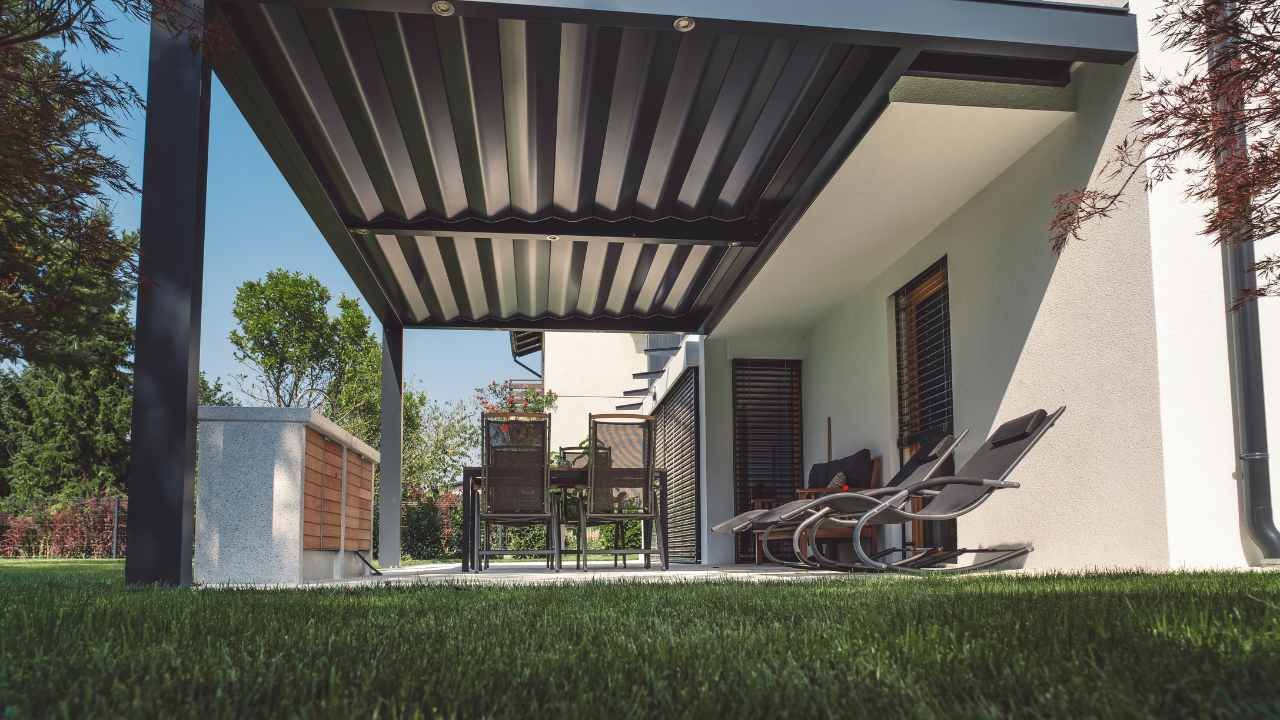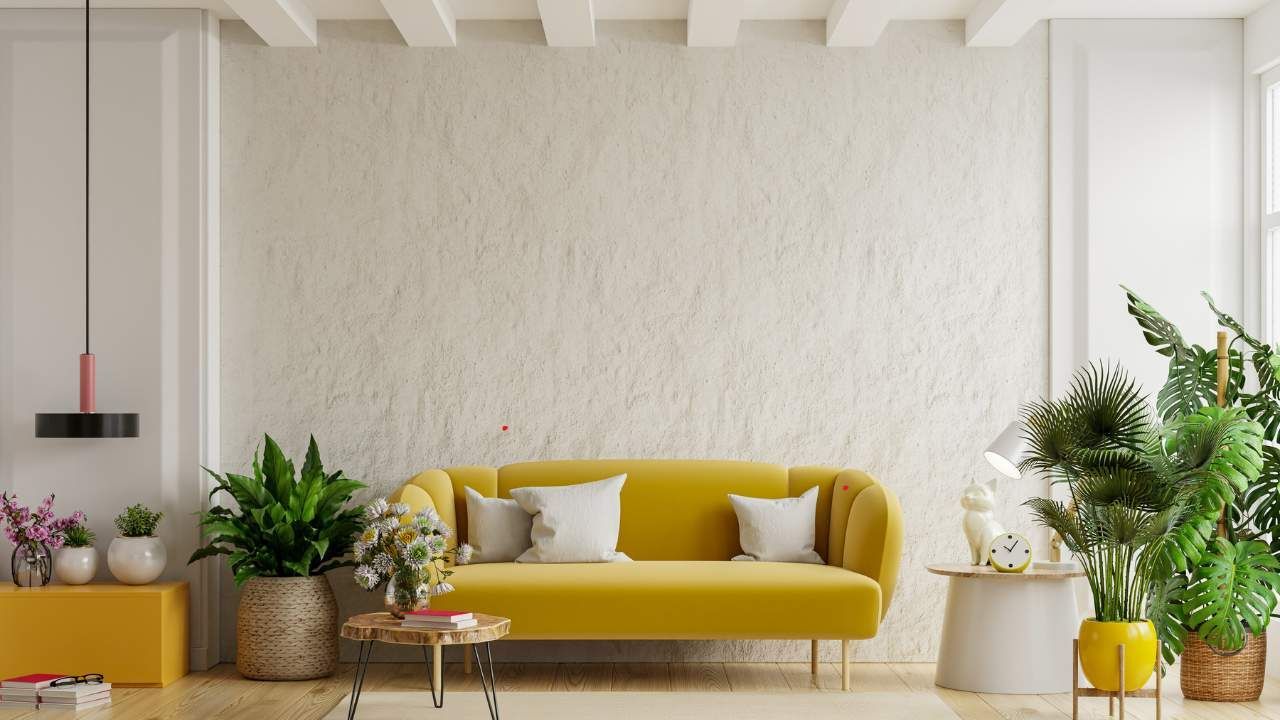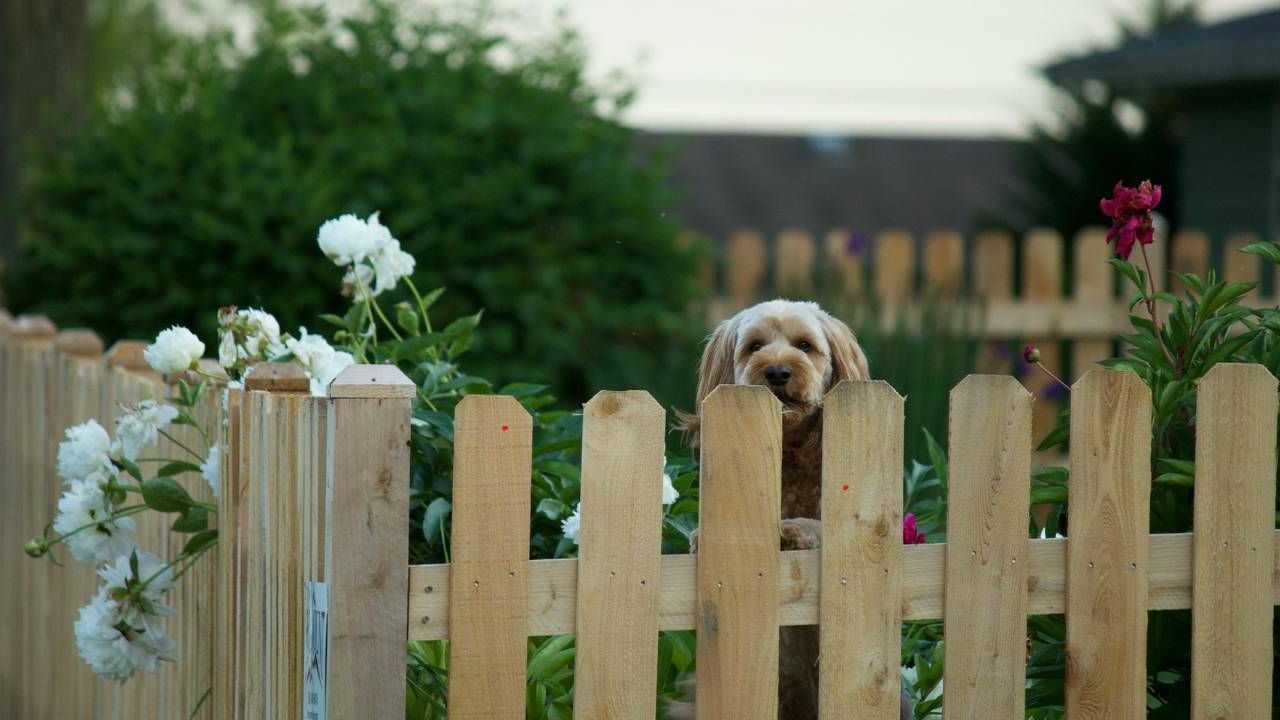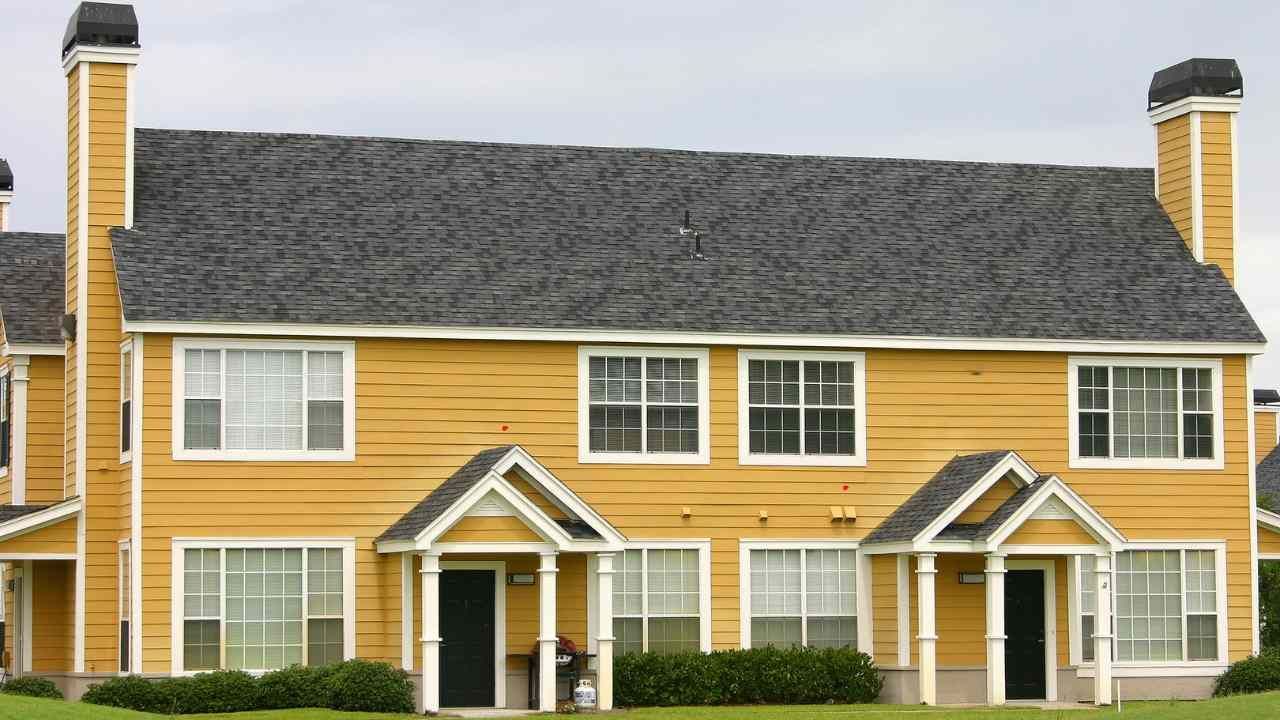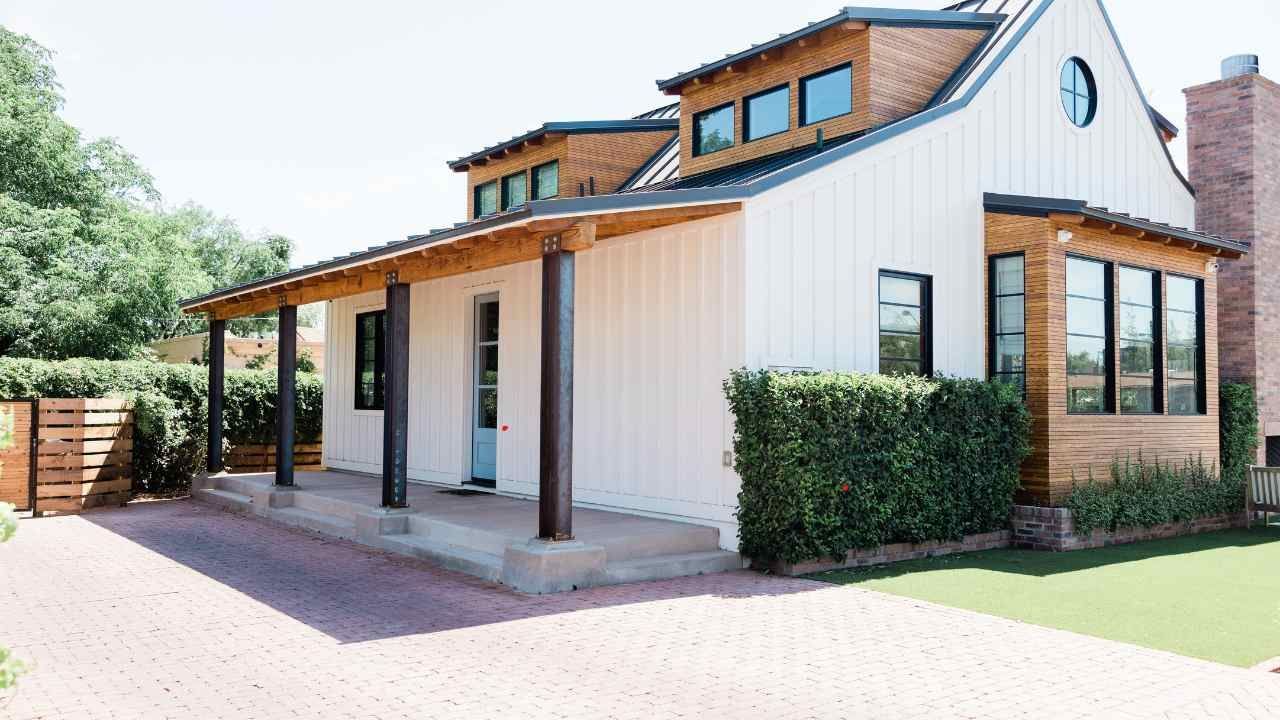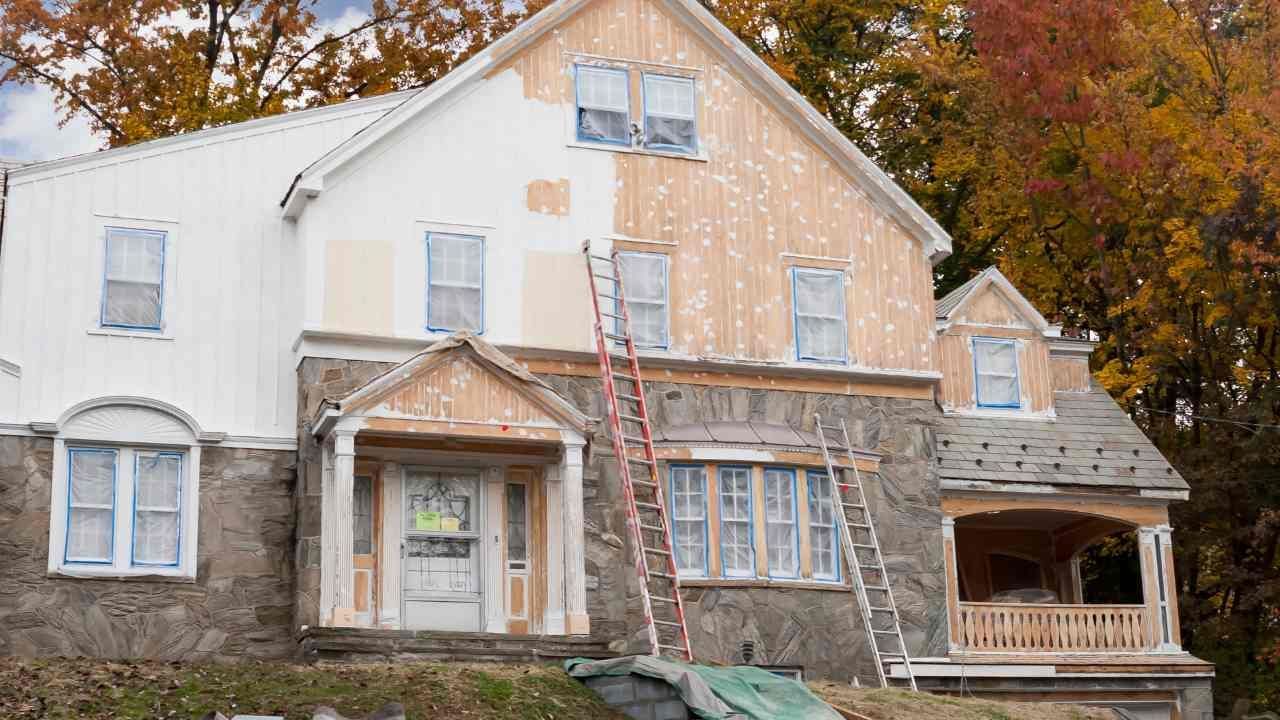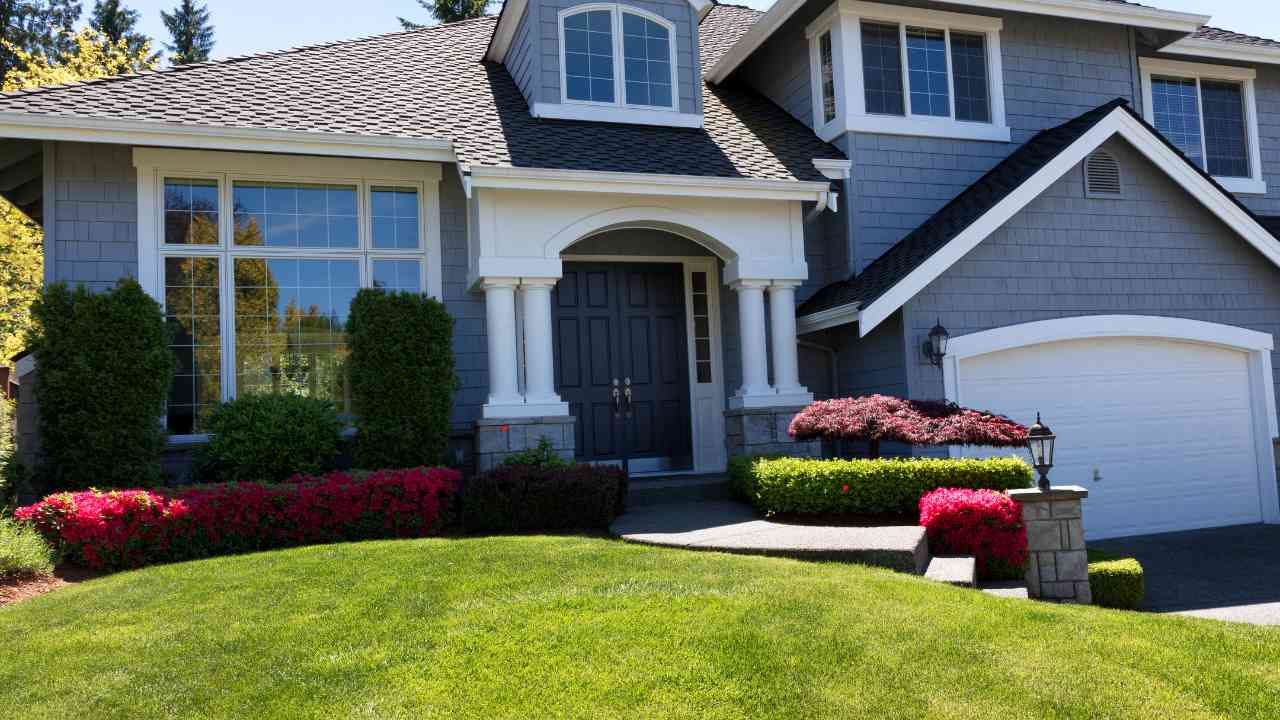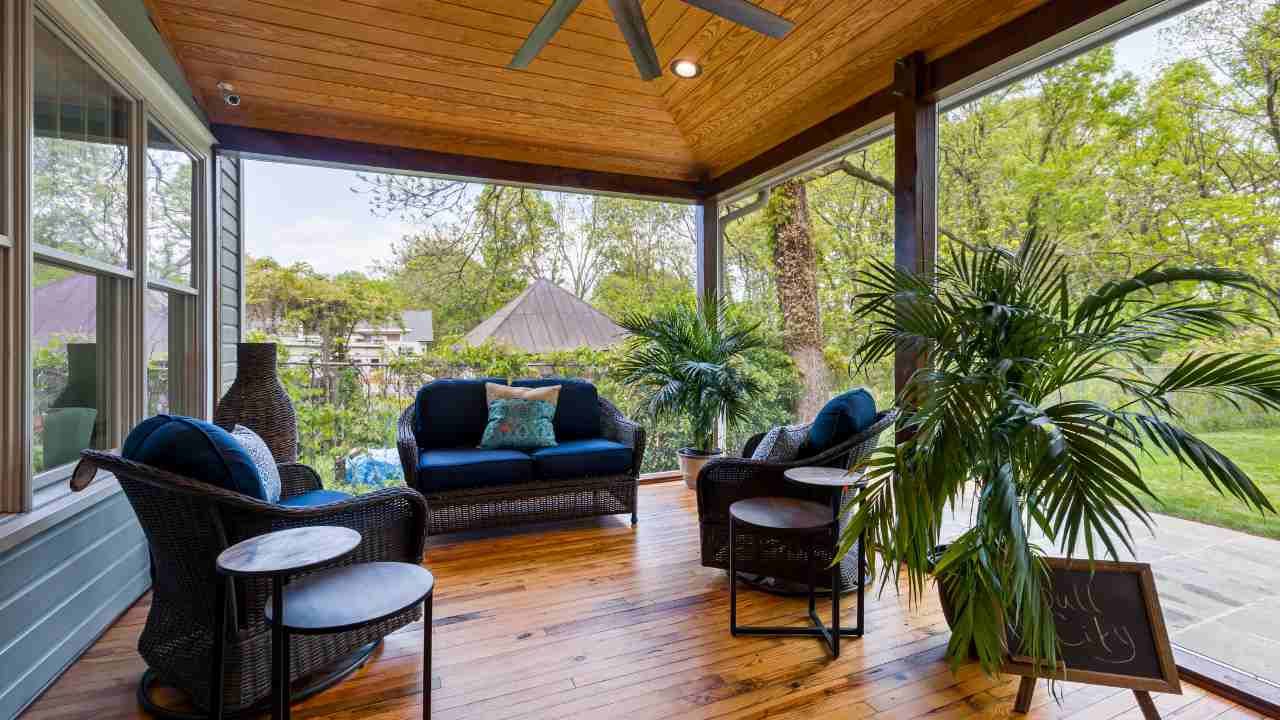Interior vs. Exterior Primers: Which One Does Your Eugene Home Need?
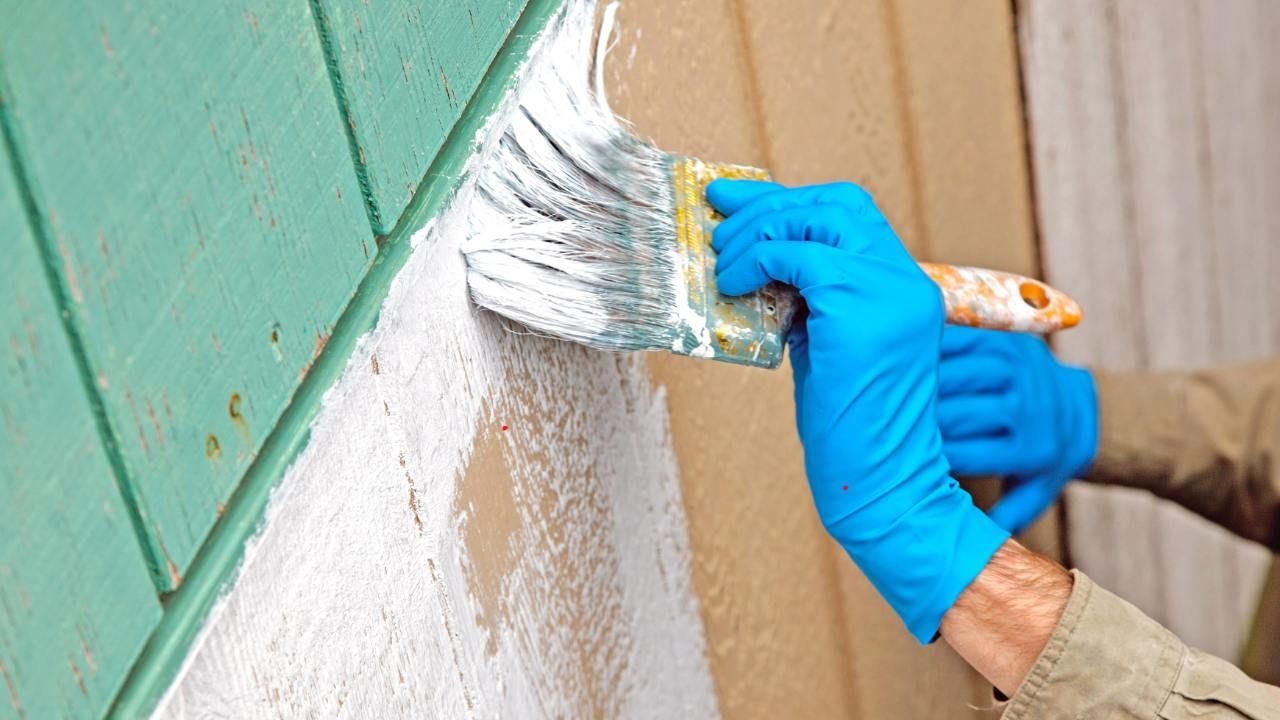
Choosing the right primer can be the difference between a smooth, professional-looking paint job and one that flakes, peels, or just doesn’t last. But not all primers are the same—and using the wrong one can cost you time, money, and frustration.
In this post, we’ll break down the key differences between interior and exterior primers, so Eugene, OR homeowners can confidently pick the right product for their next painting project.
Why Primer Matters in the First Place
Before diving into the differences, it’s important to understand why primer is so essential.
Primer acts as a base coat that:
- Helps paint adhere better to surfaces
- Creates a uniform surface for paint color
- Blocks stains, tannins, and other imperfections
- Extends the life of your paint job
Skipping primer or using the wrong type can lead to bubbling, blotchiness, or worse—peeling paint just months after you finish the job.
What Makes Interior and Exterior Primers Different?
At a glance, primers might look the same. But when it comes to performance, interior and exterior primers are engineered for very different environments.
Interior Primers: Built for Clean, Controlled Spaces
Interior primers are designed for indoor use, where surfaces aren’t exposed to harsh weather or direct sunlight. They focus on:
- Sealing drywall or previously painted surfaces
- Blocking household stains (like crayon marks or grease)
- Reducing odors from smoke or mildew
Interior primers are typically low-VOC (volatile organic compounds), meaning they emit fewer fumes—an important consideration for enclosed spaces like bedrooms or kitchens.
Best used for:
- New drywall
- Painted walls that need a color change
- Covering stains or odors inside your home
Exterior Primers: Built to Withstand the Elements
Exterior primers, on the other hand, are made to deal with temperature swings, moisture, UV rays, and mildew. These primers are more flexible, so they expand and contract with outdoor surfaces like wood, stucco, or fiber cement siding.
They also often include ingredients that:
- Prevent mold and mildew growth
- Resist cracking, peeling, or fading
- Stick better to rough or weathered surfaces
Best used for:
- Siding and trim
- Bare wood or masonry
- Weather-exposed surfaces that need maximum durability
What Happens If You Use the Wrong Primer?
Using an interior primer on your home’s exterior might save a few bucks now—but you’ll likely pay for it later in peeling paint and premature fading. Similarly, using an exterior primer inside can introduce strong fumes and unnecessary additives into your indoor air.
In short: match the primer to the conditions of the space you're painting. It’s not just a label—it’s built for performance.
Case Study: The Peeling Porch Problem in Eugene
The Millers in Eugene decided to repaint their front porch, hoping to refresh its look. To save money, they used leftover interior primer from a previous indoor project. Initially, the new exterior paint looked great. However, after a wet Oregon winter and a sunny summer, the paint began to crack and peel, especially on the porch railings exposed to the elements.
Consulting with Ash Painting, they learned that interior primer lacks the flexibility and moisture resistance needed for exterior applications. The Millers had to invest in scraping, re-priming with a proper exterior primer, and repainting, a costly lesson in the importance of choosing the right primer for the specific environment.
Pro Tip: Don’t Forget About Surface Prep
Even the best primer can’t fix a poorly prepped surface. Be sure to:
- Clean surfaces of dust, dirt, and grease
- Sand glossy areas for better adhesion
- Patch holes and cracks before priming
Good prep paired with the right primer makes a huge difference in the final result.
Need Help Choosing the Right Primer?
If you're unsure whether your project calls for interior or exterior primer—or if you just want a professional finish without the hassle—our team is here to help. We’ve been proudly serving Eugene, OR and surrounding service areas with high-quality painting services for years.
Final Thoughts
Whether you're painting a nursery or freshening up your home’s curb appeal, using the right primer is key. Interior and exterior primers are formulated for specific jobs—don’t let a small mix-up sabotage your entire paint project.
Want it done right the first time? Get in touch with the house painting pros. We’ll make sure your surfaces are prepped, primed, and painted to perfection.

